Skipping regular alignment checks can lead to several issues that affect both your vehicle’s performance and safety. One of the most common problems is uneven tire wear, which reduces the lifespan of your tires and can lead to costly replacements. You might also experience poor handling, as misalignment can cause your car to drift or pull to one side, making it harder to control. Additionally, driving with improper alignment puts extra strain on your suspension and steering components, leading to more significant mechanical problems. In this article, we’ll cover the common issues caused by neglecting regular alignment checks and why they’re essential for a smooth, safe ride.
Contents
Uneven Tire Wear
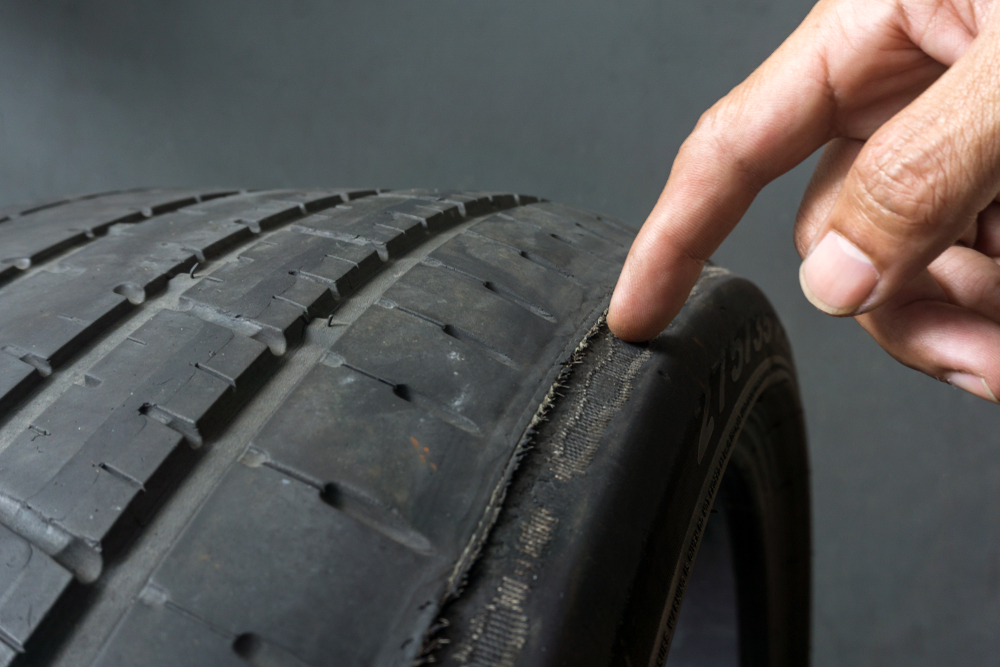
One of the most common issues caused by skipping regular alignment checks is uneven tire wear. When the wheels are misaligned, certain areas of the tire tread wear out faster than others, reducing the lifespan of your tires. This can lead to more frequent tire replacements, which becomes costly over time. To prevent uneven tire wear, it’s essential to schedule alignment checks every 6,000 to 10,000 miles or as recommended by your vehicle’s manufacturer. Regular rotations and proper tire inflation also help in maintaining even wear patterns.
Steering Pull

Misaligned wheels can cause your vehicle to pull to one side while driving, a condition known as steering pull. This makes it harder to keep the car in a straight line, leading to constant corrections and driver fatigue. It can also be dangerous if the vehicle suddenly veers off course. To avoid steering pull, check for alignment issues whenever you notice uneven steering behavior or excessive wear on one side of the tires. A proper alignment will correct the issue and improve overall driving stability.
Reduced Fuel Efficiency

When your wheels are out of alignment, they create more rolling resistance on the road, forcing your engine to work harder to maintain speed. This increased effort results in reduced fuel efficiency, meaning you’ll need to fill up more often. Regular alignment checks ensure that all four wheels are properly aligned, minimizing rolling resistance and maximizing fuel economy. For drivers looking to save on gas, maintaining proper alignment is an easy way to improve efficiency.
Steering Wheel Vibration

Driving with misaligned wheels often leads to steering wheel vibration, especially at higher speeds. The vibration is caused by the uneven forces on the tires as they struggle to maintain straight-line movement. This issue can damage your steering components over time if left unchecked. To prevent steering wheel vibration, schedule an alignment check if you notice any unusual shaking or vibrations, particularly after hitting potholes or curbs.
Premature Suspension Wear
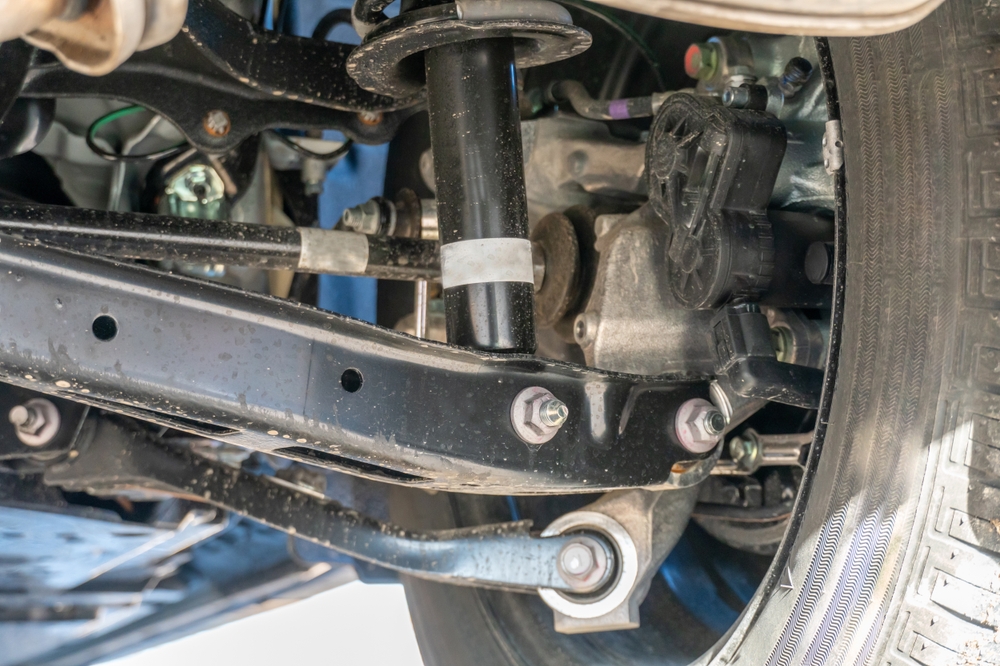
When your wheels are misaligned, the suspension system is forced to compensate for the uneven forces, leading to increased wear on components like shocks, struts, and bushings. Over time, this can result in costly suspension repairs or even component failure. Regular alignment checks help distribute the vehicle’s weight evenly across all four wheels, reducing the strain on your suspension system and extending its lifespan. If you hear clunking noises or feel excessive bouncing, it’s a sign that your suspension may be under stress.
Crooked Steering Wheel

A misaligned vehicle often causes the steering wheel to appear off-center, even when driving straight. This is not only an inconvenience but also a sign that your wheels are not properly aligned. Driving with a crooked steering wheel can lead to poor handling and reduced control of the vehicle. If you notice your steering wheel is off-center, schedule an alignment check immediately to correct the issue and restore proper steering alignment.
Increased Tire Blowout Risk
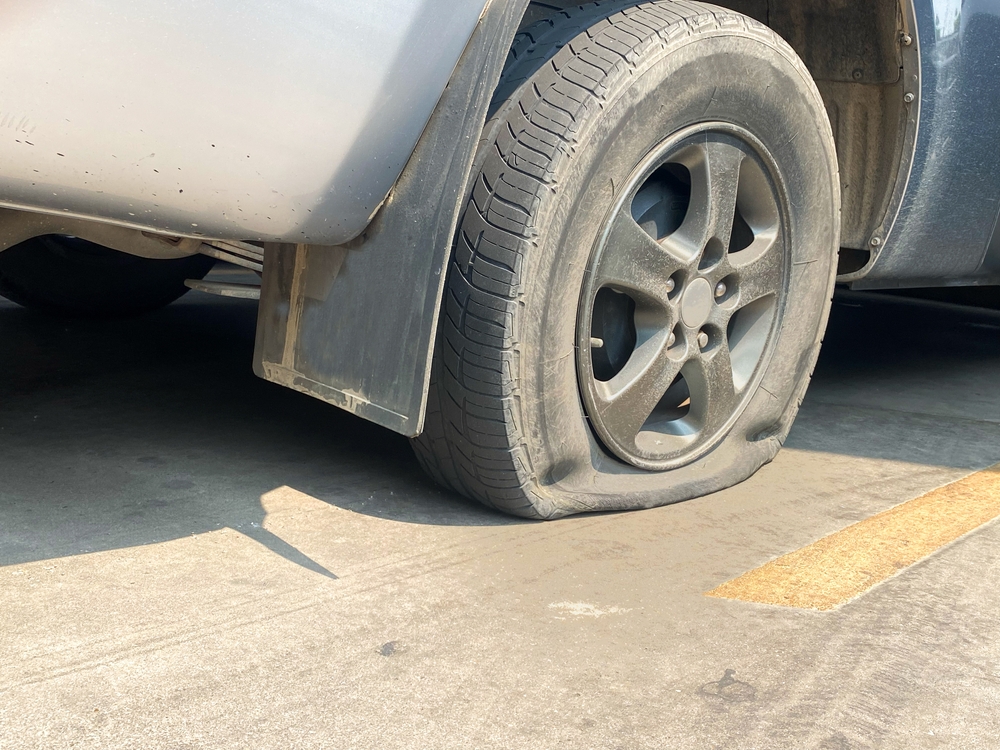
Misaligned wheels cause uneven tire pressure distribution, which increases the risk of a blowout. Tires that are worn unevenly or overinflated in certain areas are more susceptible to sudden failure, especially at high speeds. To reduce the risk of blowouts, regularly check your tire pressure and inspect your tires for signs of uneven wear. Pair these checks with regular alignment inspections to ensure your tires are in good condition and your vehicle is safe on the road.
Poor Handling

When your wheels are misaligned, your vehicle’s handling becomes compromised, making it difficult to navigate sharp turns or sudden maneuvers. Poor handling can be dangerous in emergency situations where quick, precise steering is required. Regular alignment checks help maintain proper steering responsiveness and handling performance, giving you more control over your vehicle. If your car feels sluggish or unresponsive when turning, it’s a good idea to get your alignment checked.
Increased Braking Distance
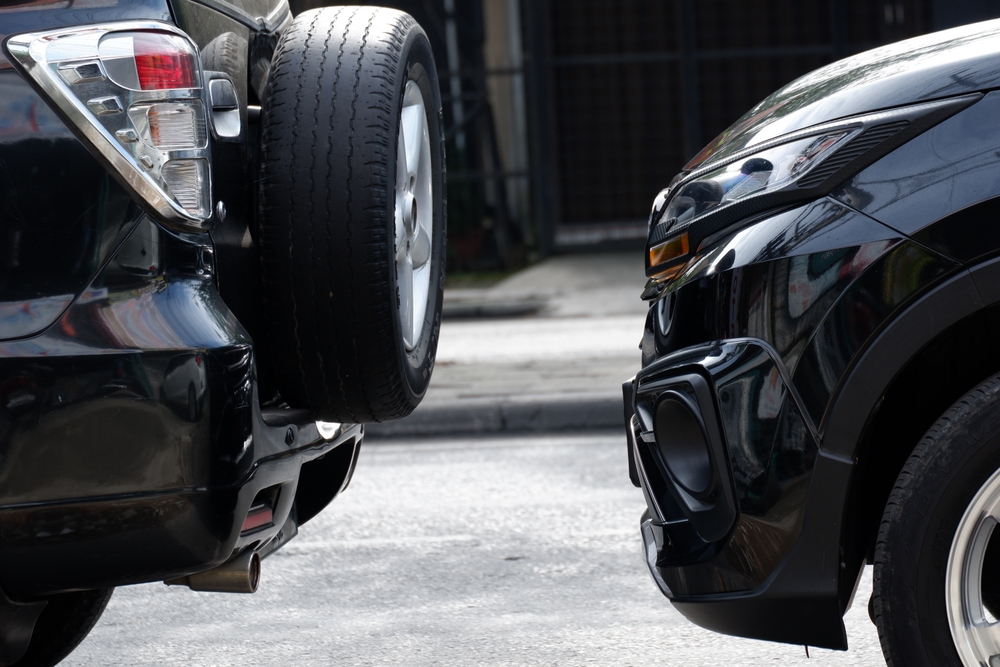
Misaligned wheels can also increase your vehicle’s braking distance, as uneven tire contact with the road reduces traction and stopping power. This is particularly dangerous in wet or icy conditions where optimal braking performance is crucial. To ensure your brakes function properly, maintain regular alignment checks so that your tires make full contact with the road and your vehicle can stop quickly and safely when needed.
Excessive Tire Noise
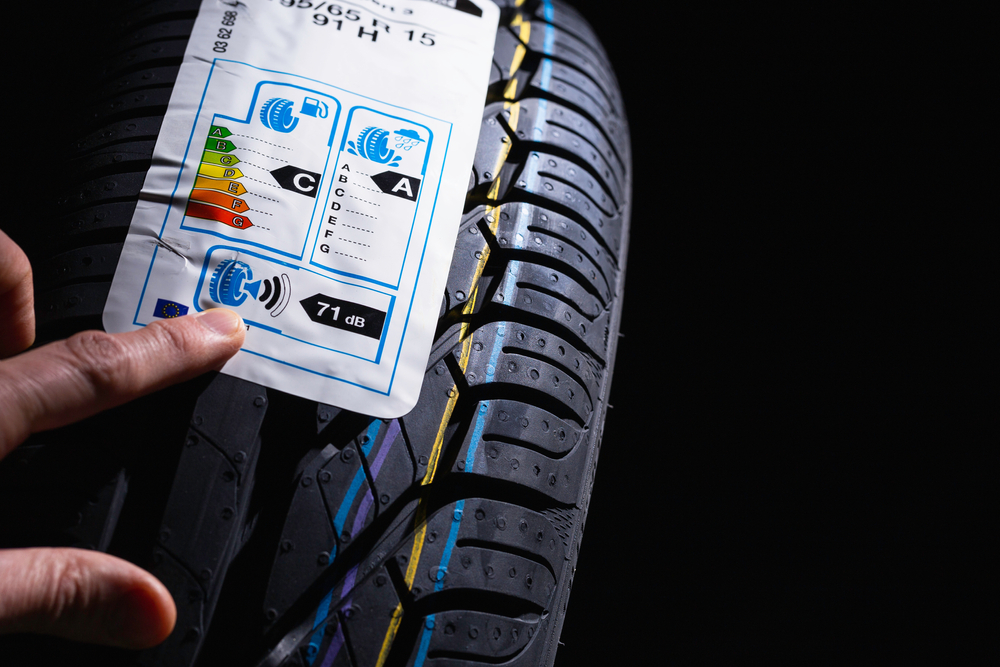
Misaligned wheels can cause excessive tire noise, often described as a droning or humming sound. This is because uneven tire wear results in uneven contact with the road, leading to increased friction and noise. If you notice unusual tire noise while driving, it may be a sign that your alignment is off. Regular alignments help prevent this by ensuring that all four tires wear evenly and make smooth contact with the road surface.
Difficulty Maintaining a Straight Path

Misaligned wheels make it difficult to maintain a straight path, forcing the driver to constantly adjust the steering wheel to compensate. This not only leads to driver fatigue but also increases the risk of accidents, especially during long drives. Regular alignment checks ensure that your wheels are properly aligned, allowing your car to drive straight without constant corrections. If your vehicle drifts even on flat roads, it’s time for an alignment.
Reduced Tire Lifespan
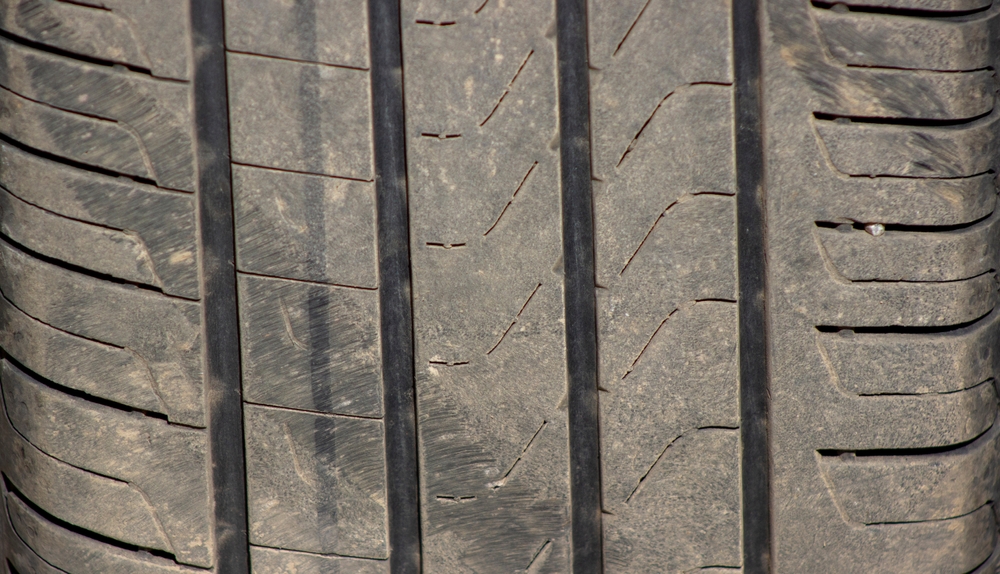
Skipping regular alignment checks significantly shortens the lifespan of your tires due to uneven wear patterns. Tires that wear out prematurely need to be replaced more often, adding to your maintenance costs. Proper alignment ensures even tire wear, maximizing the longevity of your tires and saving you money in the long run. To protect your tire investment, have your alignment checked regularly and rotate your tires according to the manufacturer’s recommendations.
Damage to Steering Components
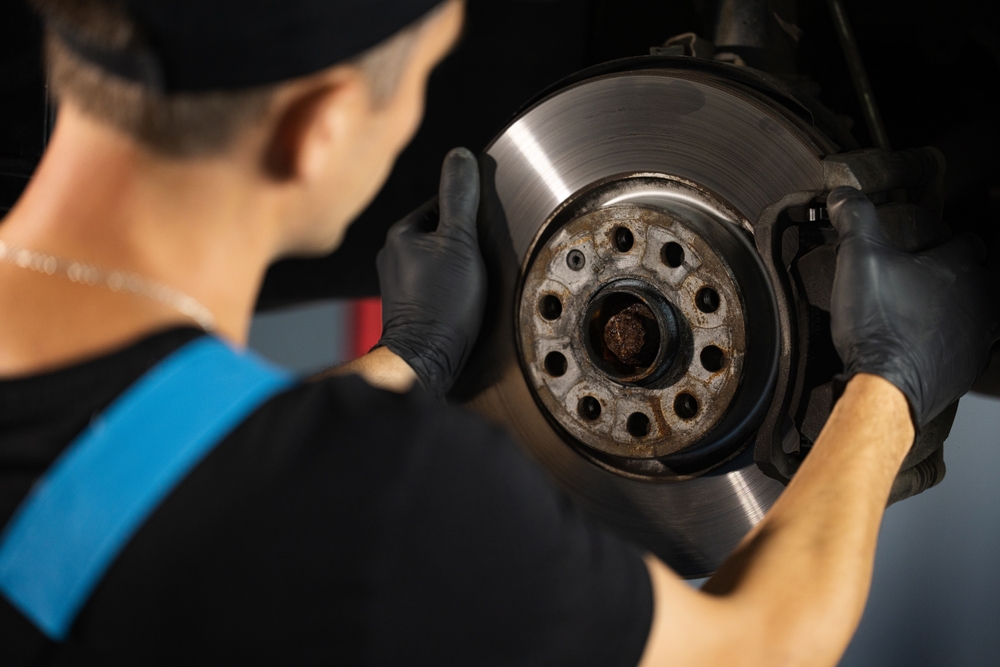
Driving with misaligned wheels places additional stress on steering components such as tie rods and ball joints. Over time, this can lead to premature wear or failure, resulting in expensive repairs. Proper alignment ensures that the steering components work efficiently, reducing the risk of damage. If you notice looseness in the steering or clunking noises while turning, have your alignment and steering components checked.
Increased Risk of Hydroplaning

When your wheels are misaligned, certain areas of the tire tread wear more quickly, reducing the tire’s ability to channel water away from the contact surface. This increases the risk of hydroplaning in wet conditions, where the vehicle loses traction and skids uncontrollably. To prevent this, ensure your tires have even tread wear through regular alignment checks. Keeping your tires in good condition will improve grip and reduce the chances of hydroplaning during rain.
Higher Maintenance Costs

Ignoring regular alignment checks can lead to a cascade of issues that require costly repairs, such as premature tire replacements, suspension damage, and worn steering components. These problems often go unnoticed until they become severe, at which point repairs become much more expensive. Regular alignments are a relatively inexpensive maintenance task that can prevent more significant and costly repairs in the future. Maintaining proper alignment is a cost-effective way to avoid major vehicle maintenance issues.
Strain on the Drivetrain
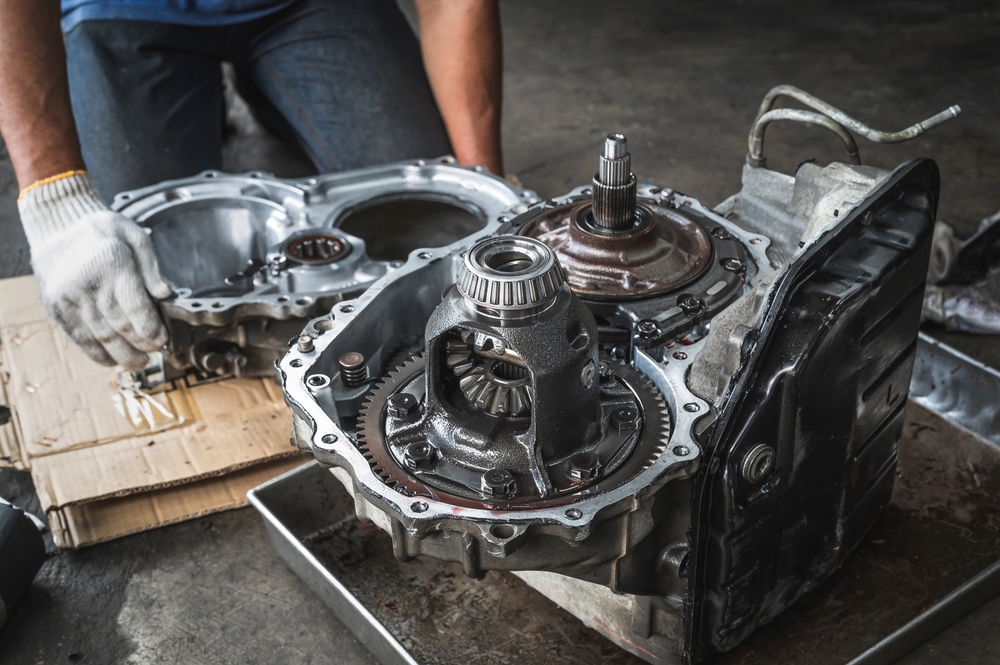
Misaligned wheels can cause uneven stress on the drivetrain, leading to premature wear on components like axles and differentials. Over time, this strain can result in costly drivetrain repairs or even component failure. To prevent unnecessary wear on your drivetrain, ensure your wheels are properly aligned and that the vehicle’s weight is evenly distributed. Regular maintenance of both the alignment and the drivetrain will help extend the life of these critical systems.
Poor Cornering Ability

Misalignment affects your vehicle’s ability to corner smoothly and efficiently. As the tires wear unevenly, your car may struggle to maintain grip during sharp turns, leading to increased understeer or oversteer. This can be particularly dangerous when driving on winding roads or during emergency maneuvers. To improve cornering stability and performance, get your alignment checked regularly and ensure that your tires have even tread depth.
Squealing Tires

Another common symptom of misaligned wheels is squealing tires, especially when turning corners or accelerating. This noise is caused by uneven tire wear and improper contact with the road surface, which creates excessive friction. If your tires are squealing during normal driving, it’s a clear sign that your alignment is off. Scheduling regular alignment checks and rotating your tires can prevent this issue and keep your tires in optimal condition.
Vehicle Drifting

Drifting or pulling to one side while driving is a clear sign of misalignment. This not only makes driving uncomfortable but also increases the risk of accidents, as it requires constant corrections from the driver. Drifting can also cause uneven tire wear and strain on the steering system. To prevent this, have your alignment checked at the first sign of drifting and ensure that all four wheels are aligned properly.
Compromised Road Safety
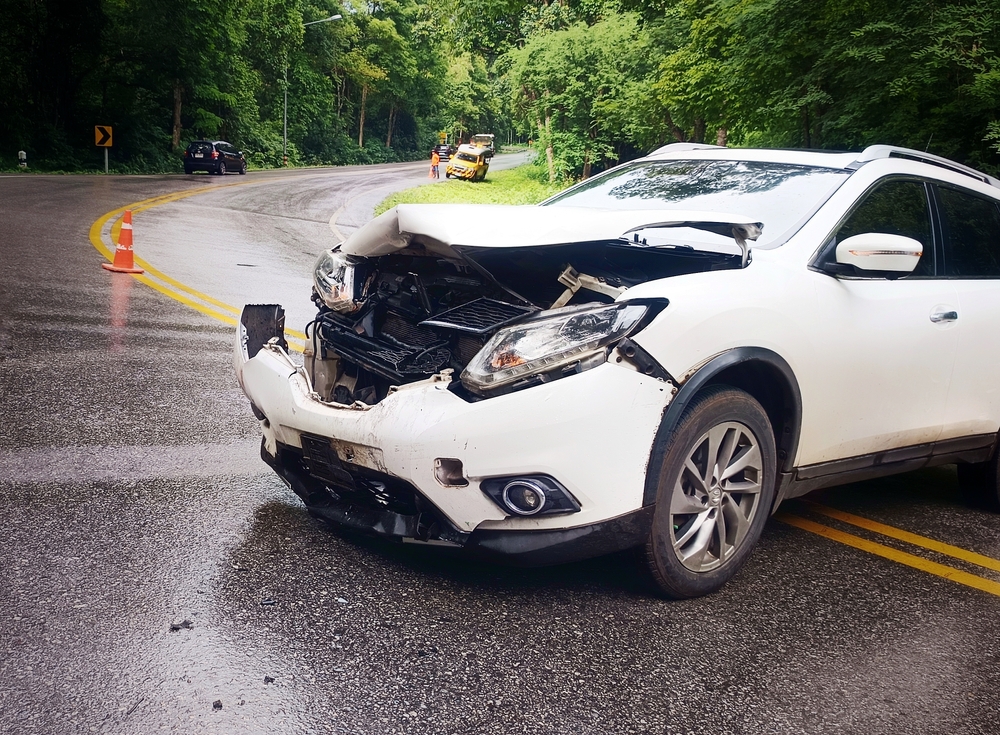
Ultimately, one of the most significant consequences of driving without regular alignment checks is compromised road safety. Poor alignment affects nearly every aspect of driving, from tire wear and fuel efficiency to handling and braking performance. To ensure the safety of both you and other drivers on the road, make alignment checks a regular part of your vehicle maintenance routine. Keeping your wheels properly aligned will improve vehicle performance and reduce the likelihood of accidents caused by poor handling or tire failure.
This article originally appeared on MyCarMakesNoise.
More from MyCarMakesNoise
20 Underrated Destinations for Road Trip Lovers

From breathtaking natural landscapes to quaint small towns, these lesser-known routes offer a unique way to explore the beauty and diversity of the United States. Read More.
15 Essential Upgrades for Epic Long-Distance Motorcycle Rides
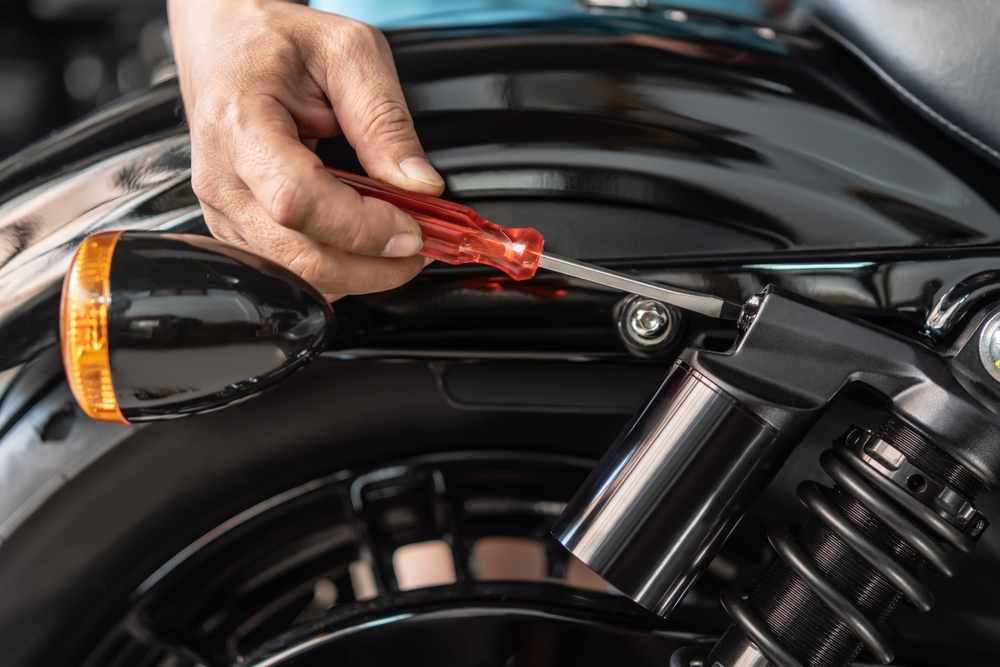
Embarking on a long-distance motorcycle journey can be an exhilarating adventure, but the right preparations are crucial to ensure it’s both enjoyable and safe. Equipping your bike with specific upgrades can dramatically improve your riding experience. Read More.
20 Overlooked Vintage Sports Cars That Are Hidden Gems

These overlooked classics often feature distinctive designs, impressive performance, and a rich history, offering great value to enthusiasts and collectors. Read More.














